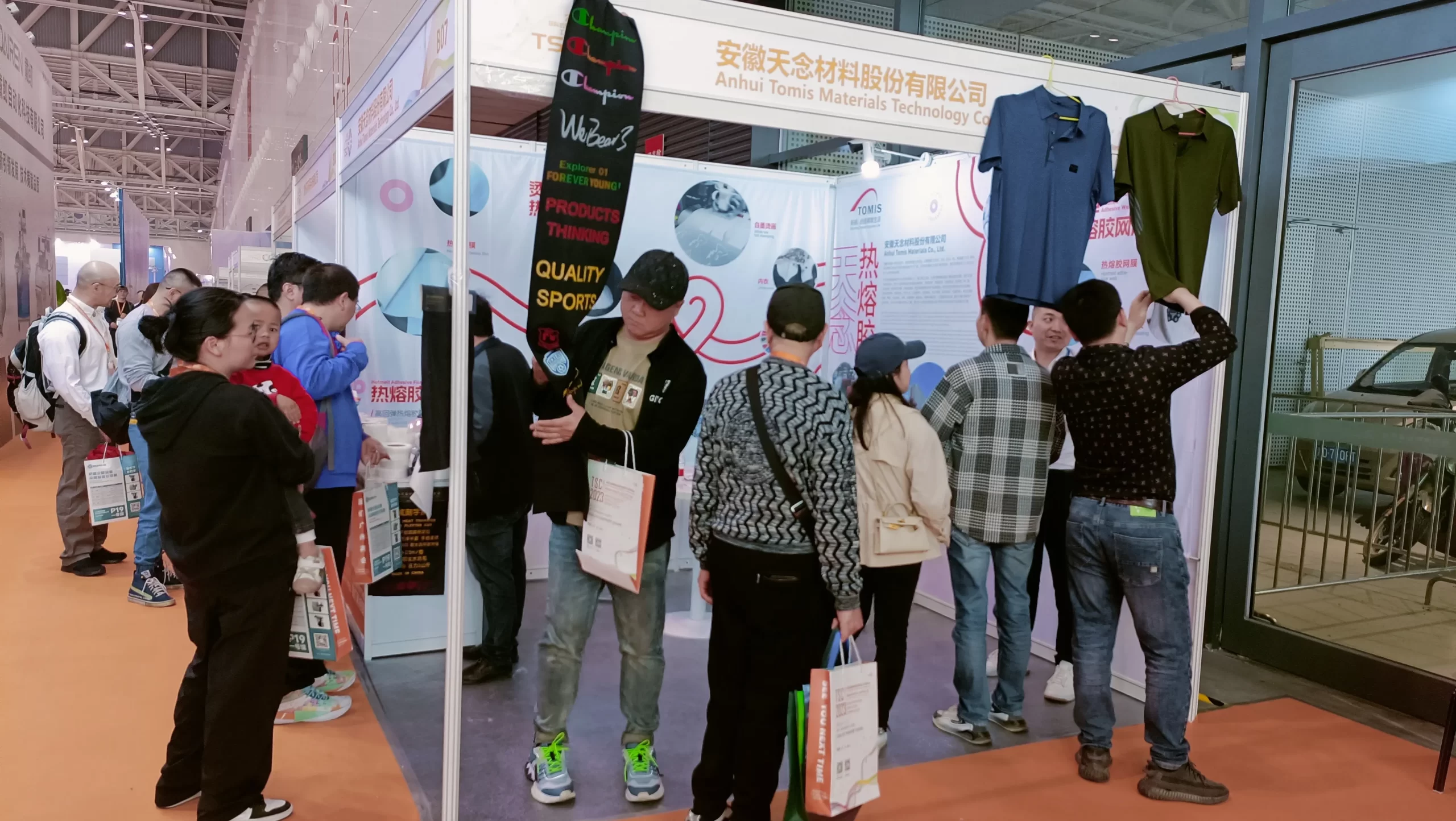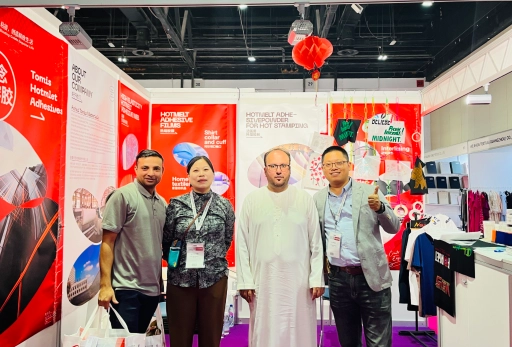Le pouvoir caché des films adhésifs thermofusibles dans l'électronique grand public
Release time: 2025-04-18
With the rapid development of technology, various innovative technologies are continuously driving the progress of modern society. In this process, electronic products have gradually become a core part of our daily lives. To meet the market demand for efficient, convenient, and environmentally friendly products, manufacturers are constantly exploring new materials and processes. Against this backdrop, the application and development of hot-melt adhesive film has become an essential factor in the electronic manufacturing industry.
1. Seamless Bonding for Compact Design
One of the main challenges in consumer electronics design is maximizing performance while minimizing size. Hot melt adhesive films play a vital role in enabling compact and lightweight designs. For example, in smartphones and tablets, they are used to bond various components like screens, batteries, and casings, without the added bulk or complexity of mechanical fasteners. The thin, flexible nature of hot melt adhesive film ensures that the electronics can maintain their sleek, modern appearance without compromising structural integrity.
2. Enhancing Durability and Performance
Consumer electronics need to withstand daily use and occasional accidents, including drops and pressure. Hot melt adhesive films are crucial in enhancing the durability of these devices. The strong, flexible bonds they create help absorb shock, protect fragile components, and prevent damage from external forces. This resilience is particularly important in smartphones and wearables, which are subjected to constant handling and potential impacts.
Additionally, TPU hot melt adhesive film contribute to waterproofing and dustproofing by sealing components securely. Devices like smartwatches and fitness trackers often rely on these films to ensure that water and dust don’t seep into delicate internal parts, thus enhancing the overall reliability and performance of the product.
3. Environmental Benefits: Sustainable Bonding Solutions
As sustainability becomes an increasing concern for consumers and manufacturers alike, hot melt adhesive films offer a significant environmental advantage. Unlike traditional solvent-based adhesives, hotmelt film are free from harmful chemicals and are often recyclable. This makes them a more eco-friendly option for the consumer electronics industry, aligning with the growing demand for green technologies.
4. Thermal and Electrical Conductivity
For electronics to function efficiently, managing heat and electrical conductivity is crucial. Some EVA hot melt adhesive films are specifically engineered to provide thermal management, helping to dissipate heat away from sensitive electronic components like processors and batteries. Others are formulated with conductive properties, ensuring proper electrical connections in certain components without the need for additional conductive materials.
5. Applications in Consumer Electronics
Hot melt films are used in various consumer electronics applications, including:
Smartphones & Tablets: Bonding screens, batteries, and casing components.
Wearables: Attaching sensors, batteries, and seals in products like smartwatches and fitness trackers.
Laptops: Securing internal components like keyboards, screens, and batteries.
Headphones & Earbuds: Ensuring waterproofing and secure attachment of delicate parts.
TVs & Monitors: Binding display panels, frames, and casings.
As technology continues to evolve, Anhui Tomis hot melt adhesive films will likely become even more critical in shaping the future of consumer electronics—ensuring that products are not only innovative but also reliable, sustainable, and efficient. For manufacturers, embracing this powerful material means staying at the forefront of industry trends while delivering top-notch products to consumers worldwide.


